Why Do Deer Sleep in My Yard? 4 Likely Reasons
-
Pete Ortiz
- Last updated:

Deer sightings used to be a rare treat on any lawn. As populations rise due to tighter hunting regulations and changing habitats, they’re becoming more frequent around suburban backyards. For homeowners across the country, recurring visits from deer are lifting the facade on these seemingly gentle creatures.
Experts and homeowners agree that, in urban areas, at least, deer are pests. Gardeners have long known the damage deer can do to landscaping and vegetable beds. And as evolving pathogens remain top of mind for many, considering their role in transmitting disease is more crucial than ever.
Banning deer from the backyard will make life safer and more comfortable for you, your family, and the deer. Learn why deer are sleeping in your yard and what you can do to stop it.
The 4 Reasons Why Deer Sleep in Your Yard
1. They Feel Safe and Comfortable

Despite the expanding population and waning predator presence, deer remain ever wary of their surroundings. Deer will sleep in groups when possible to increase their collective awareness. They spook easily, even while resting, making it all the more interesting to have them frequent your yard. But if you offer shelter, seclusion, and safety, it’s preferable to many areas out in the woods.
Deer will take shelter in areas protecting them from the rain, wind, and elements. Seasonal changes may make deer adjust their habits. Cold wind, for example, may limit their preferences to sloped hills in winter.
Safe cover and camouflage are vital during daytime hours. Deer may rest in dense shrubs, soft grass, tree stands, and general undergrowth, and an unkempt yard offers a perfect setting.
2. There’s a Nearby Food Source
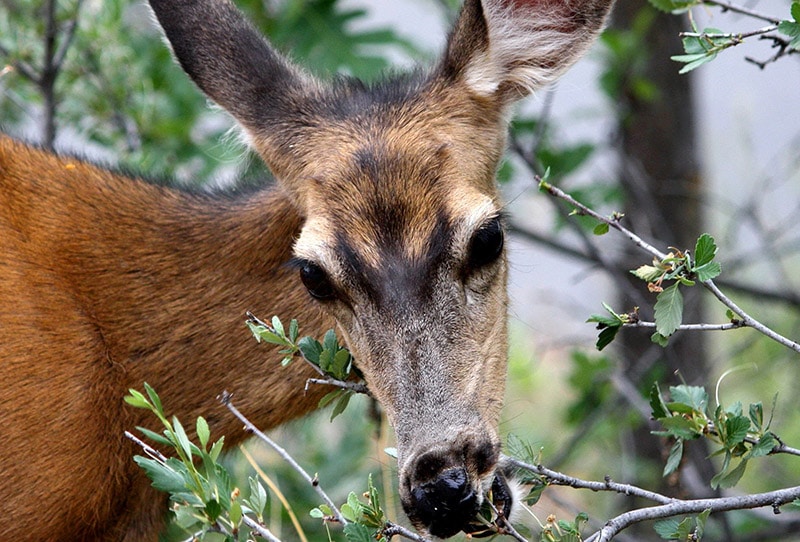
Deer have a diverse diet that often encompasses vegetables or flowers in the garden or landscaping. Berry trees, bushes, and flowers are on a deer’s menu, with broad-leaved foliage and vegetables being favorites. Even mushrooms in the lawn from decaying plant matter can sustain a nearby deer and keep them coming back.
Acorns and nuts are also popular nutrition sources and may be why deer sleep in your yard if there are no other landscaping or garden plants to eat. Deer generally want to stay within about 100 yards of a viable food source. If there isn’t food in your yard, it’s likely nearby on woodland edges or a neighboring property.
3. The Deer Can Get Water

A nearby water source will attract deer looking for a drink, especially on hot, dry summer days. Ponds near the property will make your yard an attractive resting spot. But sometimes the draw is more suitable. A birdbath or hidden trench in a distant section of the yard may provide the perfect resource for a deer and give it one more reason to live on a safe lawn.
4. It Has an Escape Route
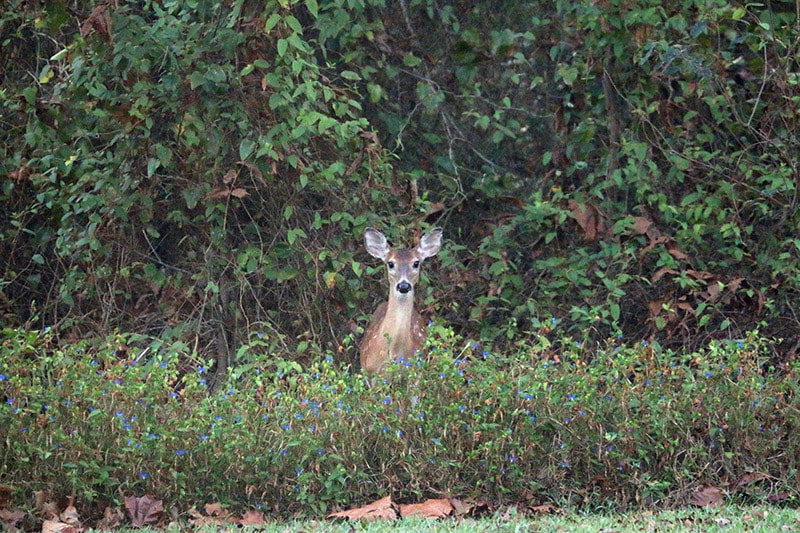
Deer are constantly aware of their surroundings and ready to escape in an instant. When there isn’t an escape route, it’s unlikely a deer will sleep in a particular place, no matter how comfortable.
What to Do If Deer Are Sleeping in Your Backyard
Deer moves between a limited number of bedding sites and will return if your land offers all their basic requirements. Taking away food or security can generally stop your yard from being a hotbed for deer activity. Here are a few ways to deal with deer sleeping in your yard safely and swiftly.
Don’t Scare the Deer
Finding a deer sleeping in your yard is a delicate situation. If you happen across it while outside, you don’t want to startle a deer and cause it to run away recklessly, potentially sending it into traffic or another person.
The situation could turn more dangerous for you if the deer takes a territorial stance. During “the rut,” the beginning of the mating season around October–November, males become more hostile. Likewise, a doe with fawns will protect her young with increased aggression if they perceive you as a threat. If deer are a constant issue in the yard, you may need to contact a local animal control professional.
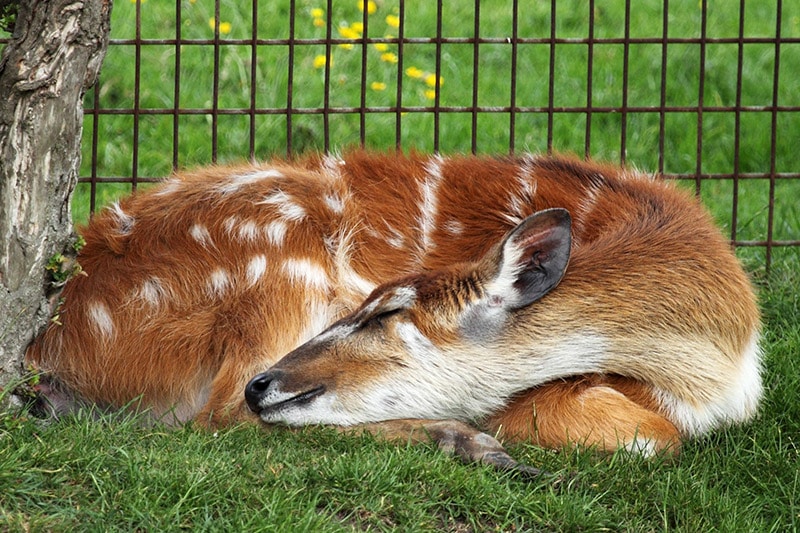
Keep the Yard Clean
Regular maintenance allows you to keep deer and other pests out of the yard while making it look better. Clearing away undergrowth and potential bedding areas is a start, as is keeping the lawn clear of any food sources. If you have the ability, taking the next step by moving attractive plants near your home can push deer outside their comfort zone and force them to look for food that isn’t as close to a human presence.
Put Up a Fence
A fence at least 10 feet high will be sure to keep deer out of the yard, though this is one of the most expensive and labor-intensive ways of dealing with the problem. Fences can also cut off your sight line around the property. A deer fence, an easy-to-install wire barrier, can be a permanent solution without damaging the view.
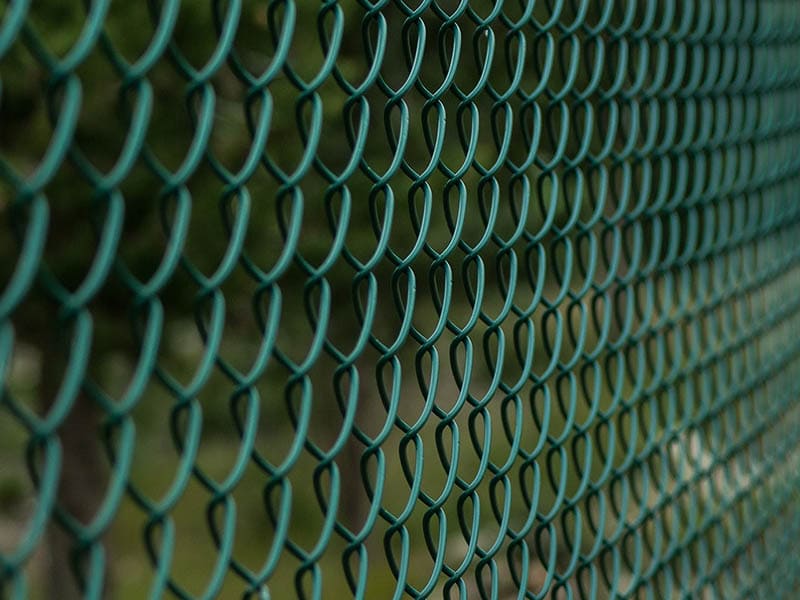
Plant Repellent Plants
While deer will gladly run through your roses and lilies, plenty of other aromatic plants can overpower a deer’s acute sense of smell and send them elsewhere. Many of the best deer-repellent plants are desirable for humans, so there’s no way you can lose by taking the natural route to keep deer from sleeping in your yard. Some deer deterrents to consider include:
If it has a powerful scent, deer typically don’t like it. Medicinal herbs and pungent flowers are generally an ideal starting point for making your garden less appetizing.
Alternative Deer Deterrents
We’re not all greenthumbs, and planting herbs to keep deer away is a slow solution to an immediate problem. Here are a few more ideas to keep deer out of your yard:
- Use predator urine (e.g., coyote urine) to create a barrier
- Set up a predator decoy that the deer can see
- Mix cayenne pepper into a spray to apply around your garden
You want to remove any sense of calm and predictability from the yard. It doesn’t take much to make deer uncomfortable. Even a well-placed and loud set of wind chimes can be enough to make deer look for alternative bedding areas.
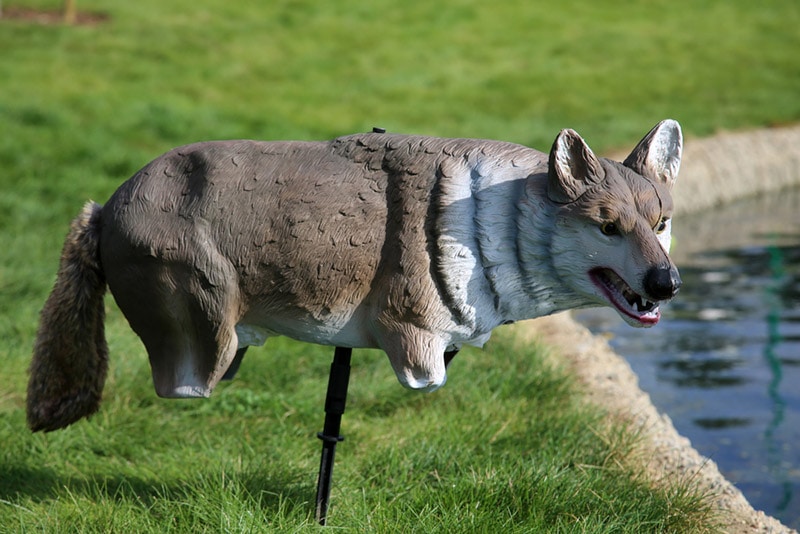
How Long Do Deer Sleep Each Day?
One of the most intriguing characteristics of deer is their bedding habits. Deer “sleep” in a barely awake state to remain mindful of threats. They’ll lie and position their head to stay warm yet aware, drifting between dozing and alert states in 30-minute sessions throughout the afternoon. You may see them lying down, but it’s rare to approach them without disturbing them.
Sleep cycles last for 30 seconds to a few minutes. Deer will then jerk awake, assess their surroundings, and possibly relieve themselves before falling back asleep or moving on. Sleeping for roughly 12 hours a day in this chunked-up fashion, deer stay aware through advanced hearing and smell detection.
Conclusion
Deer are a graceful delight in moderation, but maintaining separation is crucial. Ticks and other dangers follow deer, making them a greater threat to your family and pets, and close encounters can be immediately hazardous. For the deer’s sake and yours, take gentle measures to remove any reason for deer to sleep in your yard.
Featured Image Credit: MrLeestudio, Shutterstock
Contents



